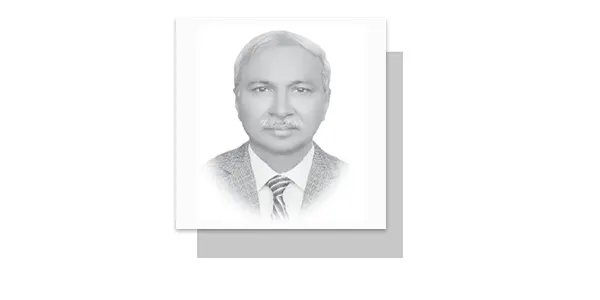THE growing population of the country is currently a major alarming issue for Pakistan. The state is unable to provide adequate facilities for the rapidly increasing population. In this regard, the Department of Population Welfare in Faisalabad recently held a media briefing on the issues arising from the rapid population increase. The statistics shared in this seminar reflect a very serious situation.
Currently, Pakistan’s population has surged from 132.3 million in the 1998 census to 240 million today, an increase of 107.7 million in 26 years. At the time of independence, the population was 68 million, with 24 million in what is now Pakistan and 44 million in East Pakistan (now Bangladesh). Over the past 77 years, Pakistan’s population has grown by an average of 2.5 million annually, increasing by 10 million every four years. In contrast, Bangladesh, which once had double the population of West Pakistan, now has 173.5 million people, fewer than Pakistan’s population.
In a country where people leave this world deprived of basic life facilities, this uncontrolled population growth is a worrying matter. Looking at this entire situation, it is clear that in the past 19 years, the population of the country has increased by 75 million and if we assess the economic growth, we find that the economic activity has not increased in proportion to this growth. In fact, during this period, the economy has suffered a decline. This shows that the rate of population growth is not in harmony with the availability of resources.
Participants at the briefing were informed that Pakistan, which was the sixth most populous country in the world, has now moved to the fifth position. We must seriously take steps to address this issue. According to the briefing, every minute in Pakistan, nine children are born, while two people die, resulting in an increase of seven people per minute. This translates to about 3.6 million children born every year, which is a major cause of poverty, health and housing problems and rising crime rates. One-third of Pakistan’s population lives in one-room houses and one-fifth lives below the poverty line.
Pakistan’s economy depends on agriculture, but only 4% of the country’s land is covered by forests. Due to population growth, agricultural land is increasingly being used for residential purposes. Millions of people are unemployed and the number is expected to rise in the future. The desire for sons, early marriages and the joint family system are contributing factors to the increase in population.
The ongoing population growth, despite efforts to control it, threatens to increase poverty and underdevelopment, hindering the country’s progress toward becoming a developed nation. Immediate action is needed to manage the population within available resources. Public awareness campaigns, including education curriculum and media involvement, can play a key role. Addressing this complex issue requires the cooperation of media, religious scholars, policymakers, parliamentarians and researchers. Briefing participants emphasized the importance of engaging all stakeholders at the grassroots level to achieve meaningful results in curbing population growth.
—The writer is contributing columnist, based in Faisalabad.










